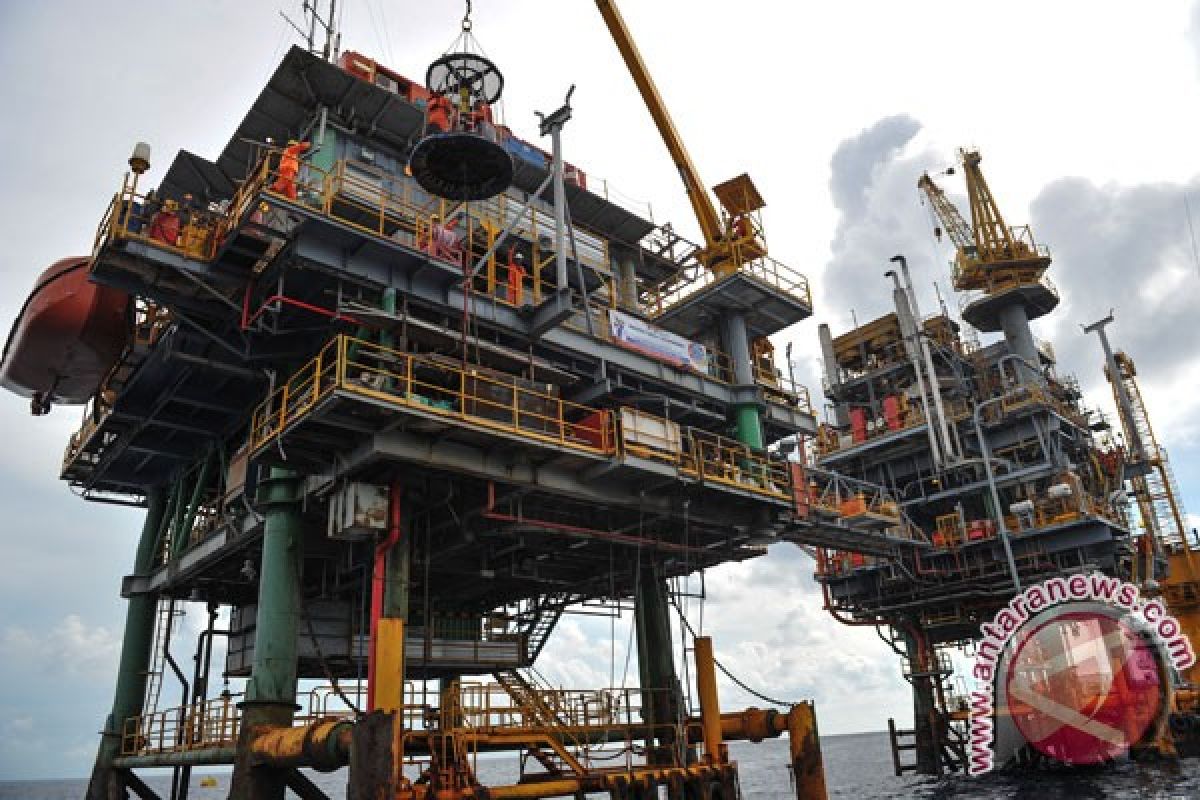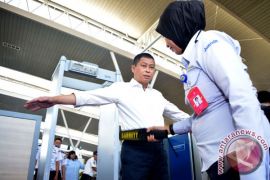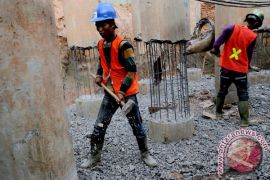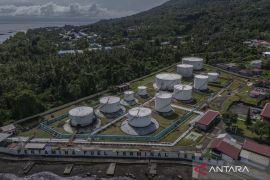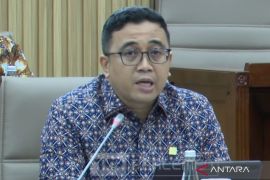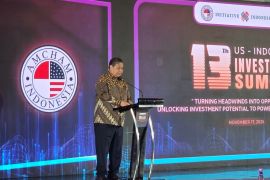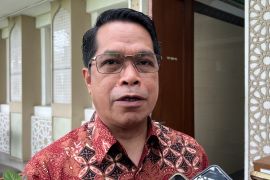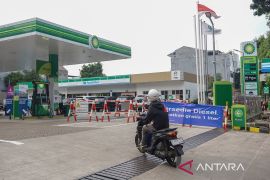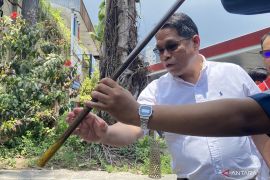The process will be made freely and is managed based on current market conditions."Jakarta (ANTARA News) - Indonesias oil and gas production this year exceeded the target set in the 2016 revised state budget (APBNP 2016) at 820,000 barrels of oil per day (bpd) and 6,438 million standard cubic feet of oil per day (MMSCFD).
The Upstream Oil and Gas Regulator (SKK Migas) recorded that Indonesias oil production, as of November 2016, reached 822,000 bpd, while its gas production during the same period stood at 6,643 MMSCFD.
Further, state-owned oil and gas company PT Pertamina set a 2017 net profit target of US$3.04 billion, or Rp40.95 trillion, up six percent from US$2.88 billion in 2016.
Pertaminas net profit growth next year will be supported by a planned income of US$42.59 billion, up 15.01 percent from an estimated US$37.03 billion in 2016.
According to SKK Migas Public Relations Head Taslim Z Yunus, the oil and oil production target in 2016 could be exceeded, thanks to full operations since January 2016 of Cepu Blocks Train B in the Banyu Urip oil field along the border areas of Central and East Java, which has produced 185,000 bpd since January this year.
The biggest oil contributors included the Rokan Block, Pertamina EP (a subsidiary of Pertamina) in Mahakam, East Kalimantan, and Offshore Northwest Java (ONWJ).
The other major block contributors are Berau (East Kalimantan), Corridor (South Sumatra), and Senoro-Toil (Central Sulawesi).
The nations oil production came from 67 oil and gas working areas, most of which are old fields with natural declining production. "Up until November 2016, contractors drilled 212 expansion wells, handled 1,055 work-over wells and performed maintenance work on 33,925 wells," said Taslim.
Regarding exploration activities up until November 2016, contractors carried out 10 seismic surveys, 36 exploration well drillings and three re-entry well explorations.
Of the of the 36 exploration wells that were drilled, 20 drilling sites were completed, with seven wells found to have oil and gas reserves, seven wells were contained no oil and gas, five displayed indications of hydrocarbon reserves, and one well was still being evaluated.
Wells with oil recoveries were Bambu Besar (BBS)-4 of Pertamina EP, Tiung-3 of PetroChina International Jabung, Meliwis-1 of Santos Madura Offshore, Lumbian-2 of Seleraya Merangin 2, AAL-4X of Santos Northwest Natuna B.V., ABG-3 of Pertmina EP and Sidayu-4 of Saka Indonesia Pangkah.
In 2016, SKK Migas also endorsed 28 expansion plans in the form of plans of development (POD) and plans of further development (POFD).
The development of the new fields is expected to increase the countrys oil and gas reserves by 142.45 million barrels and 0.645 trillion standard cubic feet (TSCF). The development of these fields requires an investment of US$2.94 billion, with a target of US6.85 billion in state receipts.
Up until November 2016, the upstream oil and gas investment reached US$10.43 billion, of which US$7.81 billion was for production activities. The countrys average oil price (Indonesia crude price/ICP) in 2016 was recorded at US$39.15 per barrel, lower than the 2016 state budget assumption of US$40 per barrels.
"With the ICP condition, state revenues from the upstream oil and gas, until the end of the year, are estimated at US$9.294 billion, or about Rp125 trillion," noted Taslim.
Meanwhile, Energy and Mineral Resources (ESDM) Minister Ignasius Jonan said, based upon data in 2016, the capacity of the countrys refineries is about 1.169 bpd. In the future, the government is planning to revitalize the existing oil plants and build six new refineries.
The new refineries are to be built by Pertamina and the private sector. The government deliberately offers an opportunity to non-state-owned enterprises to build their own refineries. For this building, the government will soon issue a license for private companies willing to build refineries, and they will also be allowed to carry out exports.
"The process will be made freely and is managed based on current market conditions," said Jonan.
Serious challenges must be faced in the future, so efforts, and the results of explorations, must increase. Production should be based on principles of efficiency, and Minister Ignasius Jonan said the oil and gas industry should focus on improving their production efficiencies.
"Until now, production has not been efficient. Therefore, the policy in the oil and gas sector looking ahead is focused on efficiency in production," the minister, said addressing a discussion on Oil and Gas Outlook in 2017 in Jakarta on Monday (Dec 19).
The reason for focusing on production efficiency is due to the uncertainty in oil prices, Jonan said, adding that the Indonesian oil and gas industry should learn to become more competitive and to better understand the market.
In the meantime, Deputy ESDM Minister Arcandra Tahar said the biggest challenge faced by the countrys oil and gas industry lies in technology.
"Indonesias oil wells are too old and less productive. In order to increase their productivity, they need high technology," Arcandra said, during the Oil and Gas Outlook in 2017 discussion.
For it is not yet known where the remaining oil and gas reserves are located, as there is no technology that can precisely detect the locations. Also, the complexity of technological problems makes oil and gas explorations expensive.
Adequate technology is still needed, despite the availability of skilled human resources. Technology improves efficiency in oil and gas production. One solution is to form partnerships with the private sector, or foreign investors who have the needed technology.
(T.A014/INE/KR-BSR/S012)
Reporter: Andi Abdussalam
Editor: Priyambodo RH
Copyright © ANTARA 2016
